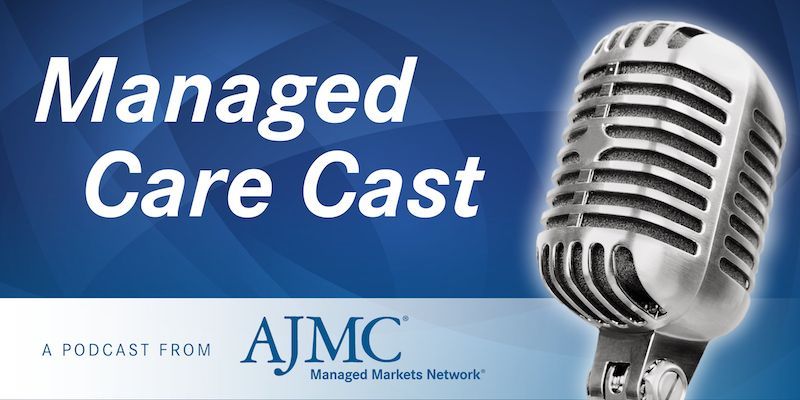Video
Economic Impact of Migraines
Describing the economic burden of migraines and how this neurological disease impacts healthcare costs.
Transcript:
Neil Goldfarb: On a national basis in the United States the economic impact of migraine has been estimated to be around $11 billion a year direct cost, and around $11 billion a year indirect cost. Direct cost is actual medical spending, and indirect cost is lost productivity. Within lost productivity we have both absenteeism, when people aren’t able to come to work because of migraine, and presenteeism, when they come to work, but they don’t do their full days’ work or are not as productive as usual because they’re experiencing symptoms of migraine.
Usually what I’ve seen in the literature is that the loss of productivity due to absence is around half of the loss of productivity due to presenteeism and not being able to do the full days’ work. In all there’s a tremendous indirect cost burden of migraine that is affecting employers.
One of the challenges that I face as a coalition director is educating the employer members of my coalition about the impact of migraine, both in terms of health and cost. I don’t think the typical employer recognizes the significant economic burden. What we’ve heard from some employers, particularly benefits managers and HR [human resources] people, is they’re focused more on absence perhaps than on presenteeism, and they’re not really being held accountable for lost productivity measurement or improving productivity. Therefore, they’re looking much more at the direct cost budget.
I think we need to educate employers that first of all, there is a significant direct cost, that people with migraine tend to cost twice as much as people without migraine. They use as many services. In many cases they’re using a lot of emergency department services. One of the studies that we did found that from an employer perspective, 40% of all high-cost imaging was associated with people with recurrent headache. If you’re an employer concerned about cost, you should be looking at, how am I doing managing the migraine population? We need to continue to educate employers that this is a really important issue, and they need to engage with their health plans as well to ask them, “What are you doing to measure migraine, and what are you doing to ensure that appropriate and high-quality care is being provided to people who suffer from migraines?”
I think we can make a good argument that employers should invest in doing something to manage migraine care. The question would be, well what is that something? What could I do about it? But we have to start by saying, “You need to be doing something.” If you look at your data appropriately, you will see that there is a much larger population prevalence of migraine than you probably suspected. And you will also see that the costs are higher than what you probably suspected, and it’s not all indirect cost, some of it is direct cost.
The question is, OK, what can I actually do about that? You can start to look at your data in more detail to understand what’s happening. You can start to ensure that you have a migraine management program in place. You can look to see are people with recurrent migraines or chronic migraine being seen by headache specialists? Are they relying on [emergency department] visits more frequently than they really should?
The first message for employers is recognize the magnitude of the problem, understand what’s happening, and then start to talk to your vendors to seek solutions.
Newsletter
Stay ahead of policy, cost, and value—subscribe to AJMC for expert insights at the intersection of clinical care and health economics.

How Can Employers Leverage the DPP to Improve Diabetes Rates?



